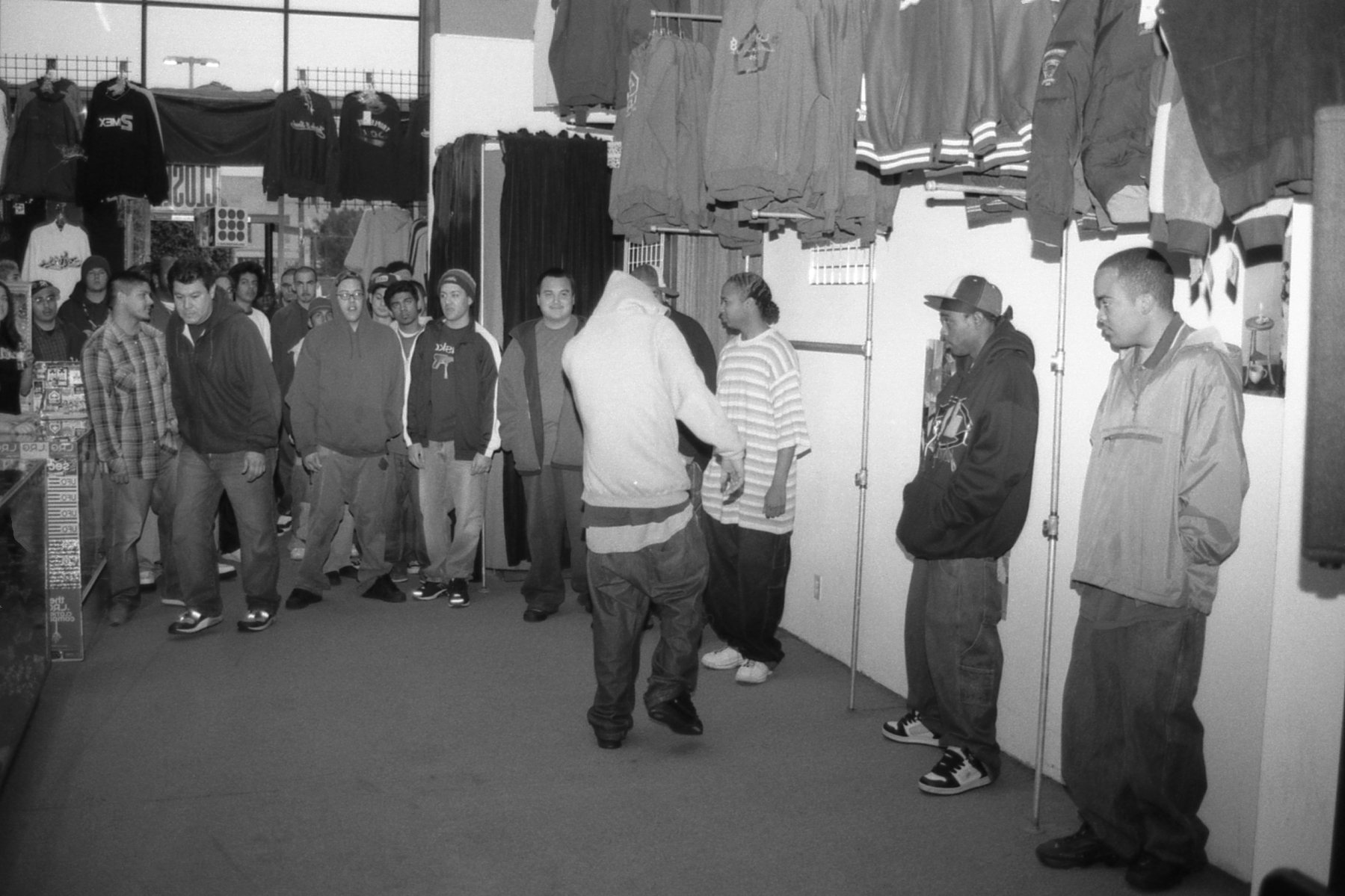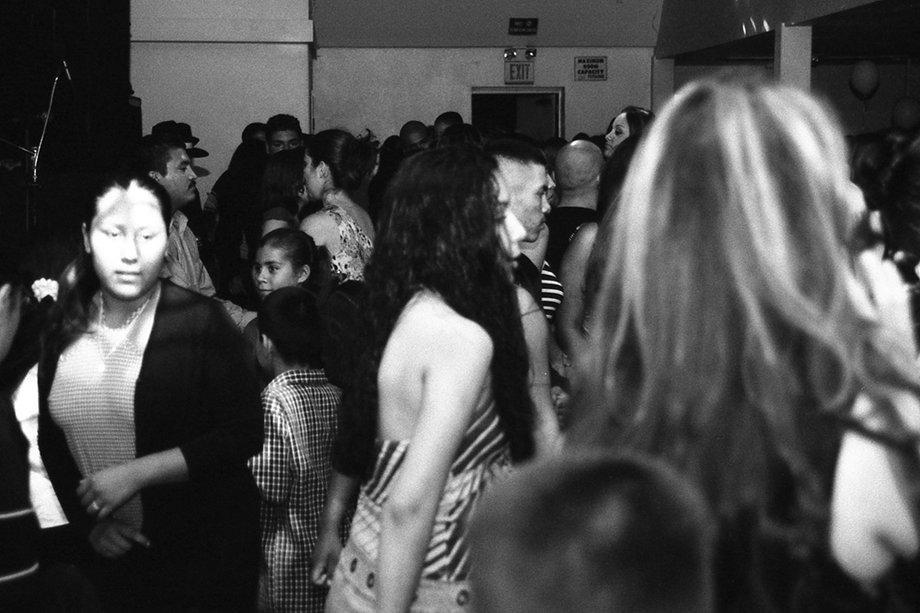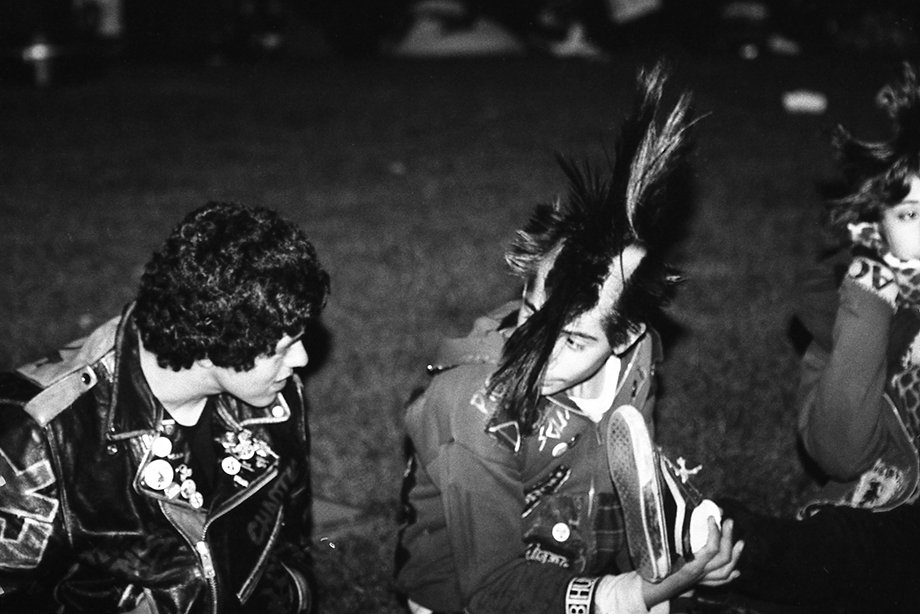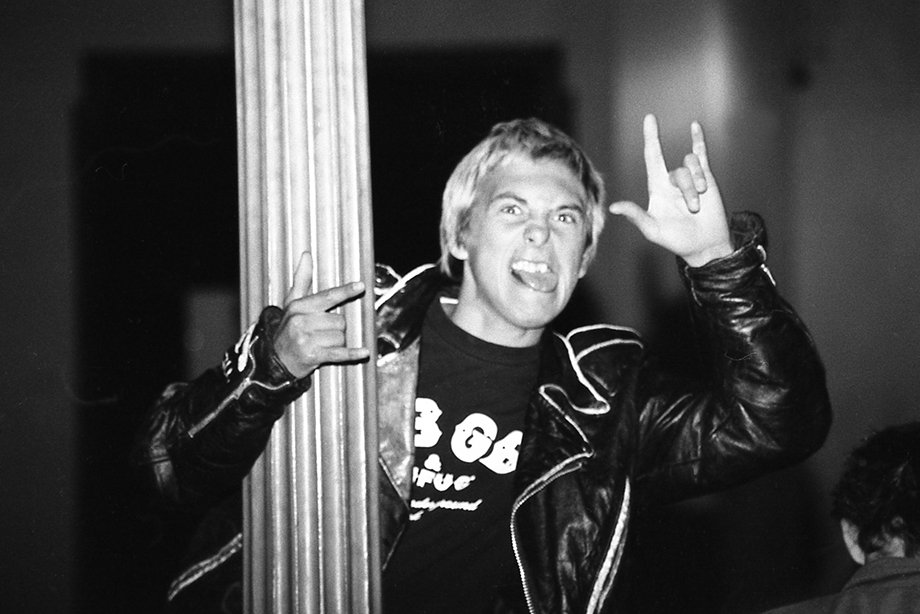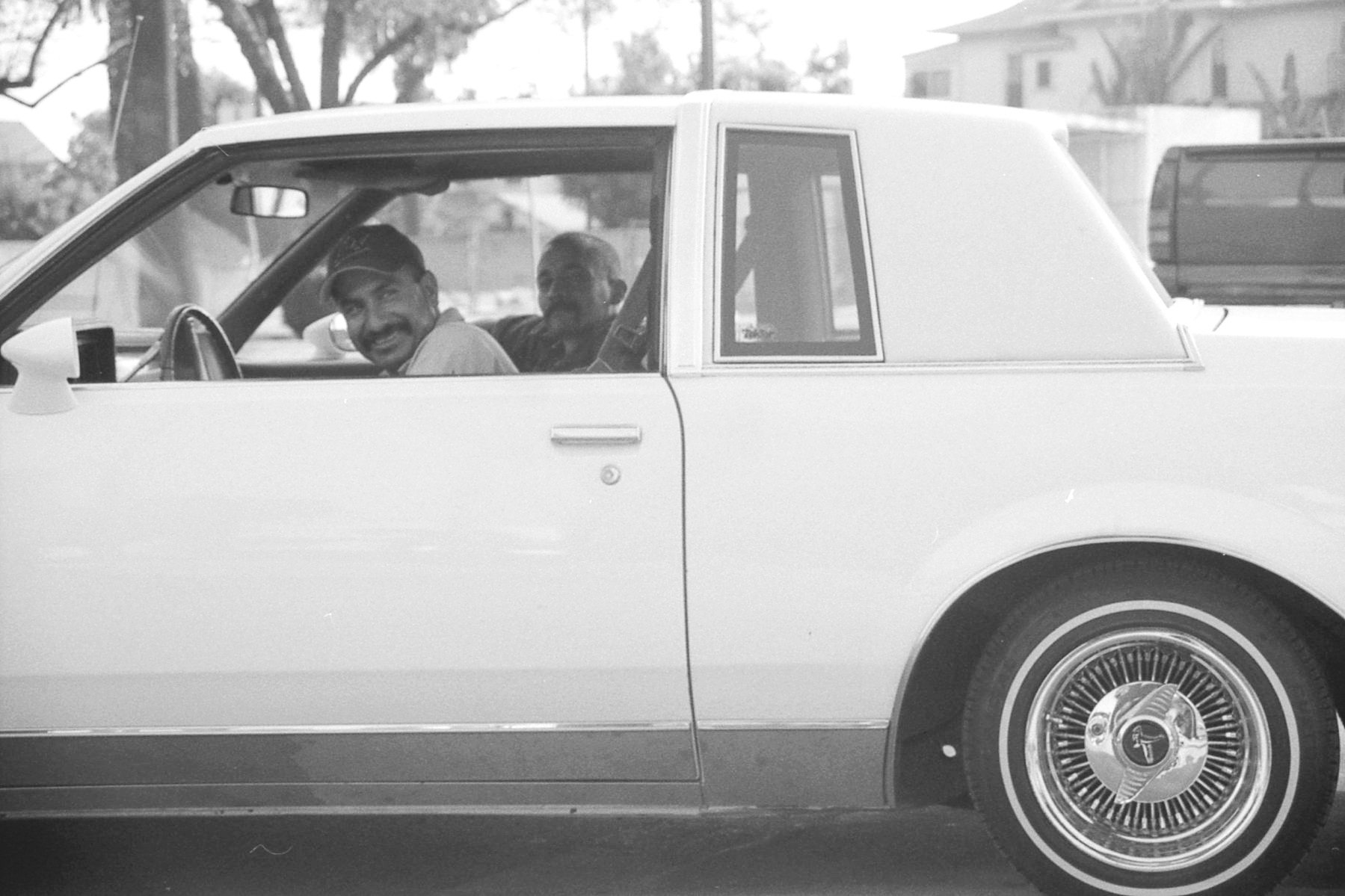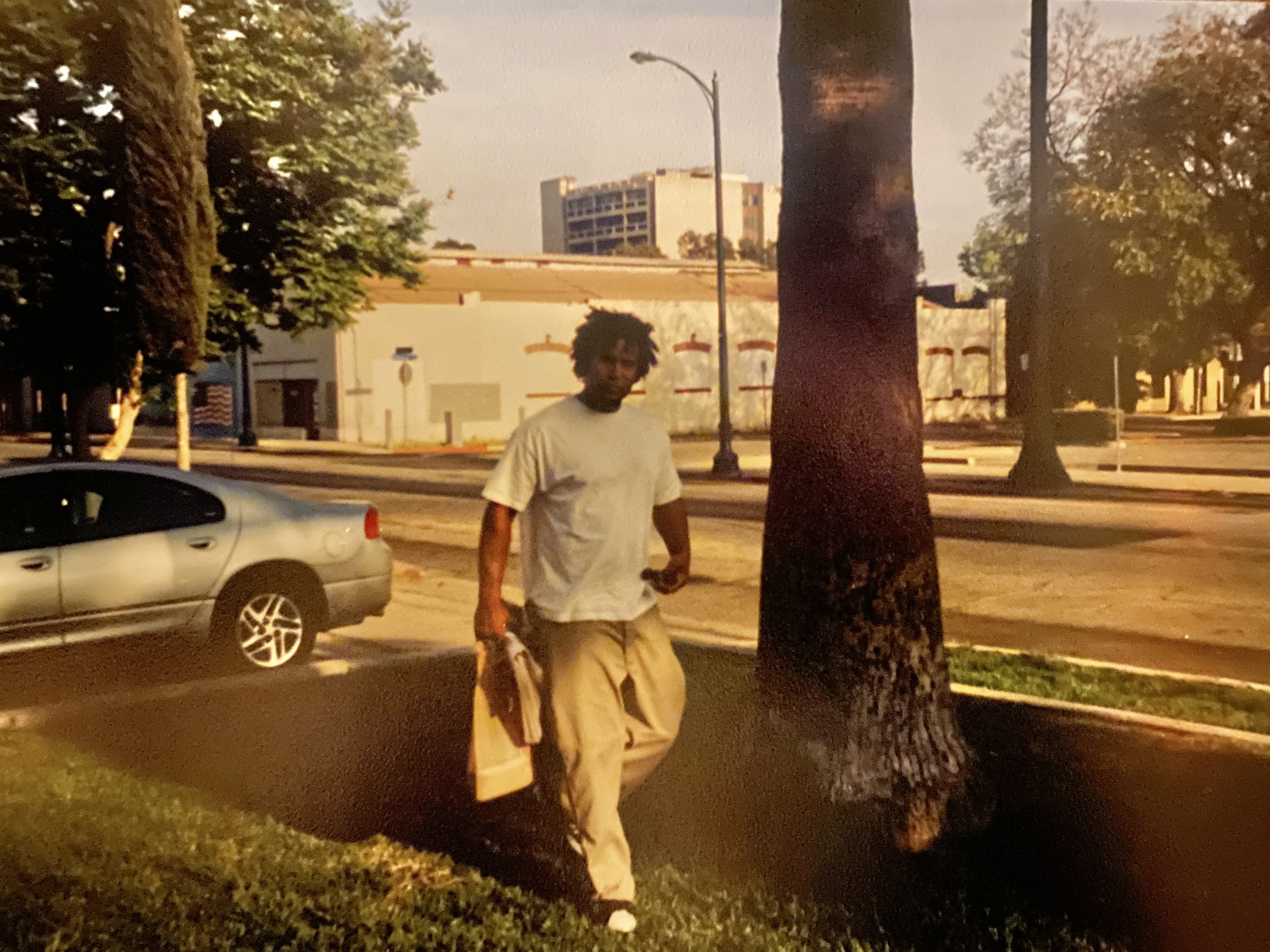Life in Pomona 20 Something Years ago: In Pictures
Published 2/21/2024 | 9:04am PST
Twenty-something years ago, Pomonans embraced the underground and packed art exhibitions. Families and artists found affordable rent, sort of. Families and artists were able to pay affordable rent, kind of. Of course, those were different times, but not in a way that made them unrecognizable.
Rockers hanging out at Thomas Square
Julian Lucas ©2000
Published 02/20/204 12:00 am | PST
Did you know that the attack on the Twin Towers occurred 23 years ago, in 2001? That same year introduced us to some of our favorite independent films, such as Amélie, Requiem for a Dream, and Y Tu Mamá También.
Y Tu Mamá También taught us that both self-pleasure and sex with others are acceptable, while also exploring themes of self-discovery and loss. Requiem for a Dream taught us about mental illness wasn’t talked about, including drug addiction as a disease. It also taught us about belonging, wealth, family and the past. And we learned to enjoy life’s simple pleasures in Amelie.
LIFE IN POMONA
Pomona has never fully transformed from its gritty, 1980s South Central ambience into the haven many hoped it would become—and still hope it will one day. Although if we go back to the earlier years it was once a booming city. The city of 155k people even received some publicity being named in multiple films, including films such as the 1967 “Look Whose Coming to Dinner, staring Sidney Portier.
However, the early 2000s were also a boom period—not so much in films, but in hip hop songs that glamorized pimping, "the hoe stroll," and the selling of sex, as popularized by artists like Sugafree.
New York-style lofts in downtown Pomona served as backdrops for porn movies, while strip clubs and “massage parlors”—which were really fronts for rub-and-tug services—occupied storefronts along the corridors.
Although police brutality existed, there weren’t any activists staging rallies or protests on city council nights. The only activism was activism through art.
Pomona PD frisking an unhoused individual at Veterans Park.
©2001 Julian Lucas
Pomona PD Patrols Second Street on Bike
Julian Lucas ©2001
Backpack Hip Hop heads hit Pomona like a domino affect in the early 2000s, but people still wanted to dance, although there weren’t any dance clubs in Pomona, you could still crash someones quinceañera or wedding reception.
Urban Ecclectic
Julian Lucas ©2002
Globe Clothing Store (in store)
Julian Lucas ©2001
Globe Clothing Store (in store)
Julian Lucas ©2001
Globe Clothing Store (in store)
Julian Lucas ©2001
People Dancing at a Quinceañera
Julian Lucas ©2001
People Dancing at Quinceañera
Julian Lucas ©2001
Quinceañera
Julian Lucas ©2001
Young lady at her quinceañera
Julian Lucas ©2001
Accompanying underground Hip Hop was Rock en Espanol. Tower Records was a haven for CDs and magazines from all over the world and unfortunately closed in 2006. But we could also purchase our music and our studded belts, buttons of our favorite punk band, and band shirts from the Rio Rancho swap meet attached to Cardenas. Tijuana No! and Mana were of my favorites.
Raquel (Rachel) Rio Rancho Mall
Julian Lucas ©2002
El Taco Nazo, El Merendero, and Juan Pollo were the only restaurants in the downtown area. Taco Nazo was special. It was the hangout during the day and at night the restaurant featured poetry night on Thursdays, called A Mic and Dim Lights, hosted by educator Cory ‘Besskep’ Coffer, who is the original poet who brought poetry to Pomona.
Reyna in the kitchen of Taco Nazo 2001
Kayla Owner of Funky Thangz sitting at Taco Nazo 2002
Mike and girlfriend owner of Futures Collide 2001
Rockers hanging out at Thomas Square during Glass House Concert
Julan Lucas ©2001
Rockers hanging out at Thomas Square during a Glass House Concert
Julan Lucas ©2001
Rockers hanging out at Thomas Square during a Glass House Concert
Julan Lucas ©2001
Rockers hanging out at the Glass House
Julan Lucas ©2001
OG Homies
Julian Lucas ©2001
Homies in front of the Armory Building
Julian Lucas ©2001
Today there are rules and rules for artists, there is privatization of public streets and sidewalks, there is conformity, and there is censorship, Pomona’s politicians use art walk nights as their platform, and thats unfortunate.
Julian Lucas, is a photographer, a purveyor of books, and writer, but mostly a photographer. Don’t ever ask him to take photos of events. Julian is also the owner and founder of Mirrored Society Book Shop, publisher of The Pomonan, founder of Book-Store, and founder of PPABF.











